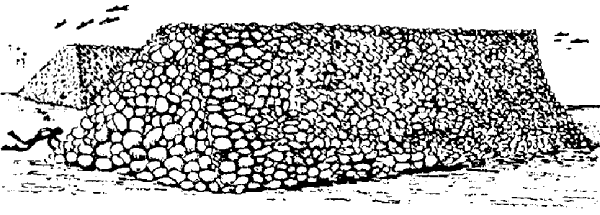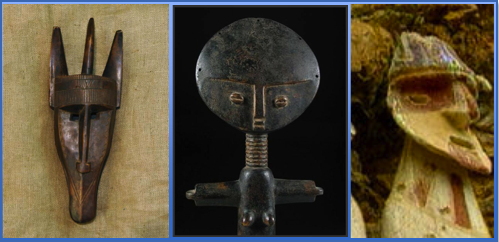With the last of the "June Gloom" mornings lifting their foggy weight from the coastal lands, last Saturday morning proved to exceptionally beautiful. The soft sunshine of the morning brought with it many additional dogs to the park. As usual, the characters mentioned in the previous blog installment were nearly all in attendance and there was to be found several new ones: The Retired Vet, The Stepford Couple, and REI Loyalists. These new characters not only made people watching much more fun but sent The Talker into busy-body heaven. If anyone has ever witnessed a child jumping into a pit of balls you will understand The Talkers excitement level.
A typical occurrence at the dog park is for at least one person to mistake your dog for another. Once the innocent little question of "Is your dog the one that [fill in the blank]?", that's when the stories begin.
Today it was The Stepford Couple who caused the round of storytelling to begin. The Stepford Couple, is an impeccably groomed husband and wife who are easily identified by their J. Crew looks which extend down to their one son and either golden retriever or lab. This foursome usually enters the park, quite content with their own company but soon are pulled into the mix when the picture frame worthy dad attracts the attention of several of the dogs while playing fetch with his dog Maggie. It was during one of the husband's many throws that one of the dogs ran directly into a tree. As most dogs do, it staggered a couple feet backwards and shook itself before rejoining the pack now on their way back to the throwing source. This tiny incident brought several "Oh no!" and even more stifled laughs when the dog showed no signs of harm. The Retired Vet's laugh was the loudest and in an equally booming voice announced "I had a dog like that once! Dang thing ran straight into a tree and shook the entire ground. Dumbest dog I ever owned." Laughter and "dumbest dog ever" stories began pouring forth from everyone.
As quickly as it began, the laughter and stories were cut short by the shadow of the Macho Man entering the park. Unlike most mornings, his usually blank expression was edged with annoyance. It was the chattering half conversation coming from behind his massive frame that was the source of his disgruntlement. The Woman had decided to come with him to the park and, as I suspect was their usual state of existence, he led while she followed, chatting away on the phone and only stopping to address him with a complaint. The Man and his canine began their usual route around the park, content in their solitude, but were forced to stop when The Woman and her Napoleon-complexed pooch grew tired of walking. Light conversation resumed amongst the group but it was the mind-numbing conversation The Woman was having that captured most of our attention. Glancing briefly at the faces in the small huddle, one could see brain celling writhing in agony due to the superficial topic of the phone conversation. It was at this low point that The Average Joe took it upon himself to chuck a ball down the length of the park. Hearing the whizz of the ball above our heads, the group shuffled out of the way before the flurry of slobber and fur that rush passed. The Average Joe's face beamed with delighted at the dog pack's reaction until a shrill scream pierced the air. Heads whipped and necks jerked all in the direction of the scream, while eyes searched for an explanation.
Through our squinting eyes, all that could be seen was a pair of hot pink wedges waving in the air. Unaware of the natural rules of the dog park The Woman had failed to observe the flying ball or the pack of five dogs racing after it. Her pooch had at least known what was coming and fled from the oncoming herd, only now returning to it's masters side to lick and yap it's apologies for abandoning her. Giggles spread like a plague through the group and even amongst the slew of half cursings, the Macho Man's stone like face cracked into a half smile whenever he was sure The Woman's wasn't looking. Quickly The Woman uprighted herself and made a bee-line towards the dog park exit. Each step an overdramatic hobble. Obligingly the Macho Man followed.
Though he never participates in group conversations I'm sure he left that day with the knowledge that this event would now become a staple dog park retelling.









.jpg)








